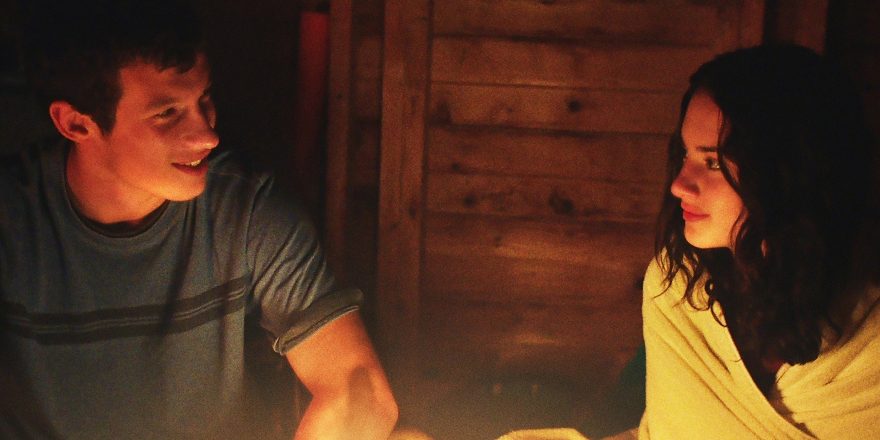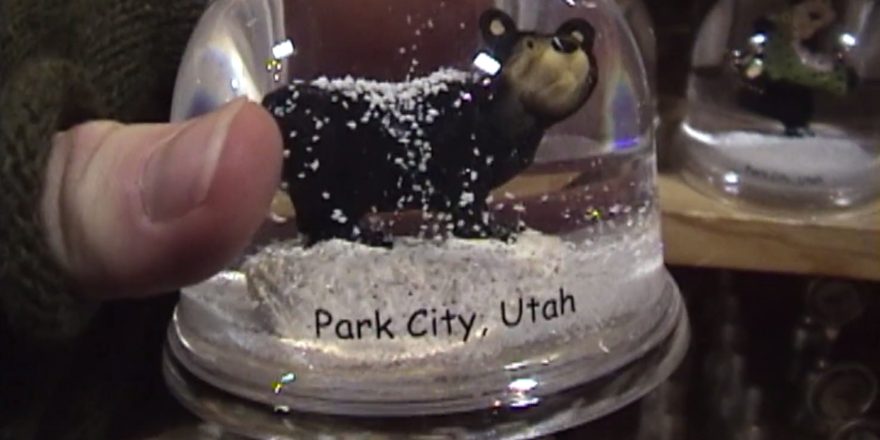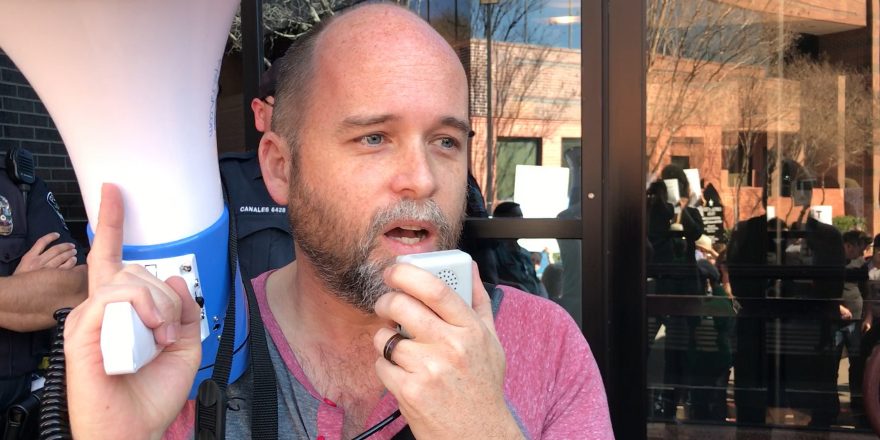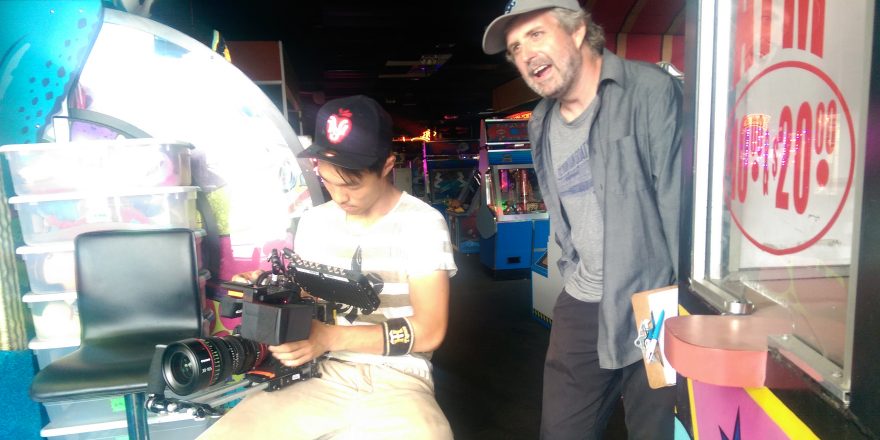On the last day of principal photography for my latest movie, we ate Ethiopian food for lunch, snuck into a closed subway station, were harassed by two scurrying rodents, and had one of our leads moon the camera on the final setup. As the A.D. yelled out, “That’s a wrap on Tramps!” the crew hugged and celebrated and I was blissed out and relieved to get through the 31-day shoot with material I felt could lead us to the special movie that we had to set out to make.
But while everyone was wishing each other good luck and goodbye, I knew I would be seeing most of them together on set, for this movie, within a couple of months, because my producers had smartly allocated resources for something that is often (wrongly) considered a dirty word in filmmaking: reshoots.
In the end, we shot an additional 10 days on Tramps. Some were quick, cheap pick-ups or footage for montages shot with a skeleton crew; others were full production days.
But every single one of those days made Tramps better.
That’s because reshoots are designed to make a movie better.
The reason reshoots have become a dirty word over the years is because of the countless cases of producers, financiers or studio heads snatching a movie away from a director and adding footage that changes the heart of the movie. That has to be a deeply wounding experience for a director.
However, when the filmmakers are on board, it shows that the people making the movie care deeply and have the resources and time to keep fighting to create the best piece of storytelling, art and craft that they can. That’s great news! No need for an “Uh-oh” there. I know that several arthouse favorites from recent years added key scenes or reshot their endings after principal photography, all of which helped make those movies work better. In movie realms beyond my own experience, Woody Allen allocates time on every movie for additional photography and the team behind the Marvel movies proudly discuss their need for reshoots.
There’s no shame in adding additional lines of dialogue or repurposing a shot from one scene into another to give it a completely new meaning, so why a reshoot is seen as a failure?Unfortunately, though, reshoots are often synonymous with troubled productions and blown budgets, even though they don’t necessarily predict the film’s creative or financial success. One relatively recent high-profile example was World War Z, which became mired in bad publicity because of creative infighting and financial mismanagement, as well as the extraordinarily expensive production of a new ending. And the movie itself? Hardly a disaster, it’s a fairly well-regarded financial success that’s often praised for being that rare action film which becomes more intimate and intelligent as it nears its ending.
A more classic example is Titanic which, in spite of a torrent of horrible pre-release publicity about its disastrous production and never-ending reshoots, won a bunch of gold statues, made a ton of money, and is goddamn Titanic (you already know everything about it, I didn’t really need to write this sentence).
Tramps, thankfully, wasn’t a troubled production and we didn’t go over budget, in part because of our amazing production team and in part because it was essential to me and the producers to allocate budget for additional photography.
When I watch a movie, I don’t care if it was tumultuous to make or went over budget, I only care if it’s good. There’s no overage fee on my ticket, it’s costing me the same $15, no matter what. So yeah, I’m all for filmmakers spending a little more money if it’s going to make my night at the movies better.
On Tramps, the first discussions of a reshoot came up almost immediately. There’s a scene in the film where the main characters, Danny and Ellie, have been invited into a house under false pretensions. Then someone else arrives, and they freak out and run. One of our editors, Sara Shaw, called me a few days after we’d wrapped while she was taking an initial look at the footage and said their behavior in the scene didn’t make sense.
I laughed it off. “Sara, we had 100 people read this script and give notes, including you, and no one ever had that thought. No one on set had that thought. It’s going to work.”
And then I watched the assemblage, and in the context of the movie we were making, their behavior made no sense.
So we wrote and shot a scene that comes earlier in the movie which gave context and added stakes to Danny and Ellie’s reaction. And, because one of the advantages of a reshoot is that you and the actors are already locked into the movie and the characters, it’s one of the best moments between them in the (hopefully moderately good!) film.
I remember suggesting a reshoot to a director when I was in a feedback session for their movie and they talked about how defeated and ashamed they would be to go back to the team and ask to do that. There’s no shame in adding additional lines of dialogue or repurposing a shot from one scene into another to give it a completely new meaning, so why is a reshoot seen as a failure? That’s bullshit. Anything that can make your movie better is a successful endeavor, and if you are not willing to fight tirelessly for that, despite any shame or exhaustion, then you shouldn’t ask an audience to see your film.
Bill Murray once said, “There is no limit to how hard you can work on a film.” As an audience member, I want to see movies made by teams of people who will go as close to that infinite limit as possible. That means poring over the sound mix, putting the script through the ringer, exhaustively exploring music options, and, when applicable, shooting more footage. It means refusing to settle for anything less than making the best version of your movie. And being able to collaborate with a team that refuses to settle is the greatest gift a filmmaker can have.
I’m so lucky I was able to collaborate with that type of team on Tramps and I’m so grateful that team was able to allocate time and resources to do what we needed to make the best version of the film that we could. I’ve gone through this on both of the features I’ve directed, and so that’s why when I hear a movie is doing reshoots, and the filmmakers are behind the effort, I’m not worried, I’m excited.






